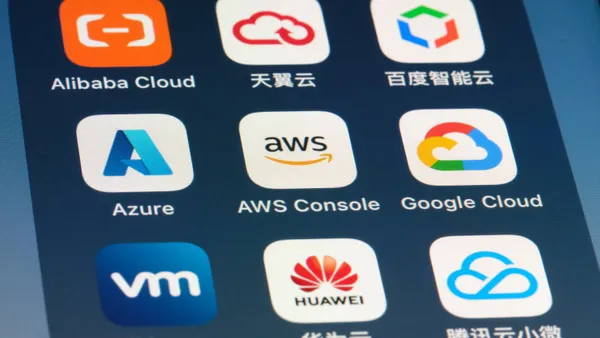Editor's note: The following is a guest post from Ruhollah Farchtchi, CTO of Zoomdata.
I'm a visual person. Most (if not all) people are. As humans, we can process and understand information much faster by looking at something that packages up all of that info in one quick glance — not just a spreadsheet of numbers and code.
Not surprisingly, this is also the case when it comes to businesses and organizations across all industries. And now with everything becoming digital-first and everyone undergoing digital transformation (DX), companies and their employees are trying to make sense of the massive amount of data they ingest daily.
The short of it is that most (if not all) businesses and organizations have had to adopt a data-driven decision-making approach to everything, yet business intelligence and analytics tools have only just started to address the associated challenges.
Now we're seeing roles pop up such as chief data officer, chief data scientist and so on, but we're also seeing how dramatically the role of the CIO has evolved. DX is forcing a paradigm shift where the focus has moved from a bottom-line approach to the top-line. CIOs are now being called upon to not only be the custodians of internal technology, but also ensure it works in a manner that all levels of executives can understand.
Big data has long been a thorn in the side of most CIOs, but finally with data visualization the trapped information is coming to light and allowing everyone — from the CMO to the head of sales — to make real-time data-driven decisions that impact the company's bottom and top lines.
Whether it's building or altering a marketing program mid-stream because of performance numbers or shortening the trial period on new drugs to get them to market, being able to see data in a quick snapshot that is digestible is enabling CIOs, and the companies they work for, to move at much faster pace than ever before.
Data visualization's top three benefits
It’s not easy being a CIO these days, but data visualization is playing a crucial role in how they understand, process and share all of this information with their colleagues and customers. Data visualization provides three core benefits to CIOs and their businesses, which help them adapt and grow into their seemingly ever-evolving role. The benefits are:
- The ability to make faster decisions, which is crucial when every second counts. By glancing at visual charts, business leaders can understand what systems or processes are working, which ones aren't, if resources need to be reallocated and so on.
- A much more efficient way to communicate as leadership teams can relay time-sensitive and urgent information in a way that's easy for everyone to digest — from the C-suite to managers.
- Finally cleaning up (and managing) big data; because most organizations have invested millions in different tools to be able to process and utilize this data, they can now make it more actionable by being able to digest it. This is the missing piece that can bring it all together and make it work.
CIO checklist: Where do you start and where do you go?
So this leads me to my next point: what are CIOs supposed to do about DX and the ubiquitous data-driven approach to everything?
Below is a "thought-starter checklist" for CIOs to take stock of their current situation and better understand how data visualization can help them keep pace with the demands they're experiencing on a daily basis.
- What are you trying to use your data to solve? You need to know what you're trying to solve before you can select the right solution for your organization.
- What business analytics software do you currently use? Does it meet the needs for what you're trying to solve?
- What are the ways in which you currently obtain, organize and digest your data? Is the information able to be shared throughout the organization in a way that's impactful and effective?
- What are the potential barriers you face when implementing or enhancing your data visualization capabilities? Are you worried that you’ve already spent a lot of money and resources on solutions that aren't doing the trick?
The biggest consideration and conversation that your team should be having is what you're trying to have your data do for you, then you can determine the best solutions to drive to that goal.
One of my favorite expressions that resonates with everyone is that "good data in equals good data out," but the same is true for setting up a system with data that isn't right for you and your organization: You'll only get bad results and spin your wheels until you adjust your strategy and harness the data that will give you the insights you're looking for.













